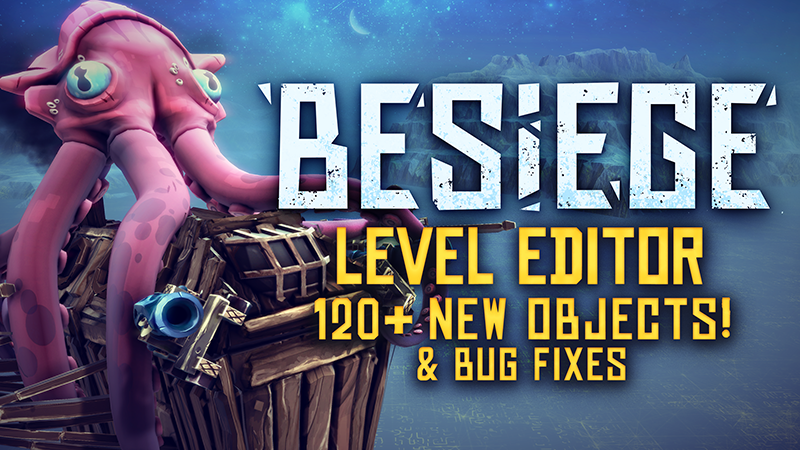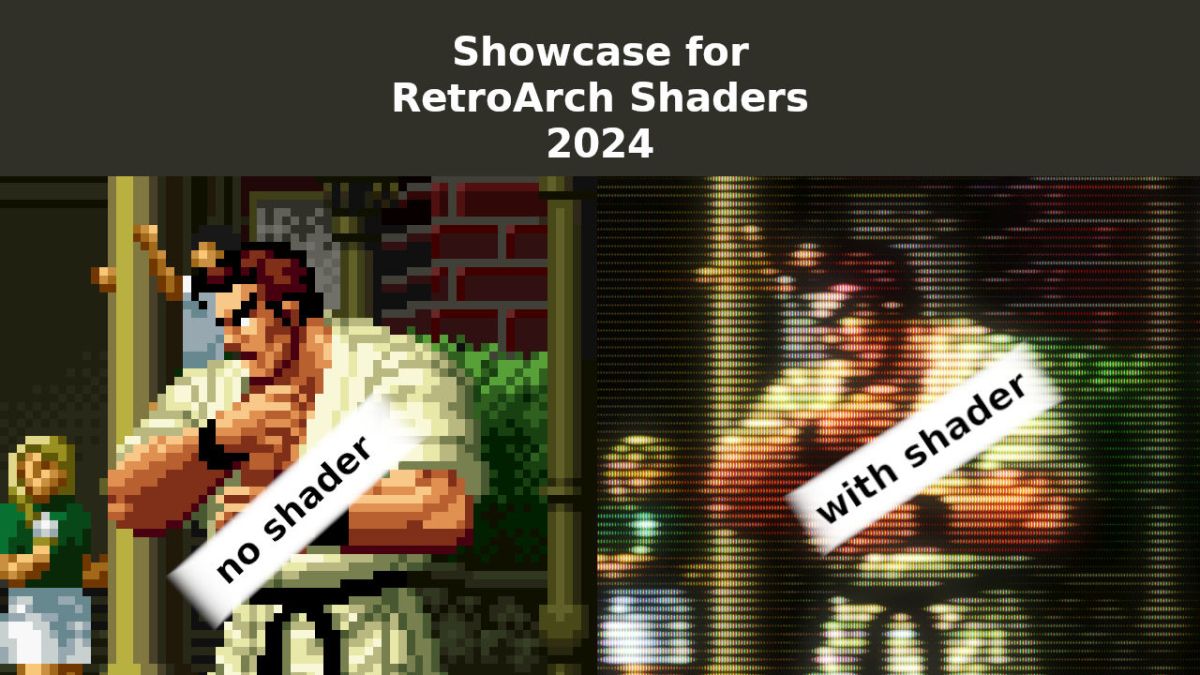I’m here to stay.
- 48 Posts
- 1.22K Comments

 5·24 hours ago
5·24 hours agoPiracy doesn’t solve what I was saying. It is still not integrated into Steam and my account after pirating the game.

 1·1 day ago
1·1 day agoI’ve looked again and it’s probably one of the lists that contain hostnames to block. skimresources appears in all of these three, so enable them manually if they are not enabled: Dan Pollock’s hosts file, MVPS HOSTS, Peter Lowe’s Ad and tracking server list

Edit: In the addon menu you can enable or block the domain dynamically when you are on the page. Unless you save the setting this is only temporarily changed.


 2·1 day ago
2·1 day agoYes, I have uBlock Origin and uMatrix active at the same time, on Firefox. Maybe if you are using a Chromium based browser, it does not work the same? After all Google made changes. Otherwise, I’m not sure which setting in uMatrix will cause to block this. Therefore I’m not sure how to help with that at the moment.

 5·1 day ago
5·1 day agoWith that logic we should never buy a game, unless it is directly going to the developers hands? If you want it in your Steam library, then its the best time to buy it now probably while there is a sale active and before you cannot in the future, in case it gets unlisted caused by these legal issues. BTW I’m not doing the FOMO: FEAR OF MISSING OUT here. This is for people like me who rely on Steam library for convenience.
I didn’t say “personal package manager”. Do you refer to the part “basically my own AUR package”?
pacman, the package manager of Archlinux that is also used in EndeavourOS, allows for installing custom packages. There is another tool part of Archlinux that let you build custom packages. These custom packages can be installed on your system, which is then seen like a normal package and handled this way with all the defined dependencies and information about the package. You can install the package from a local location, it does not need to be online repository.Then you can upload it to the AUR, which is exactly that: Arch User Repository. But you don’t have to upload it. Either way such a custom build package is what I referred to my own AUR package. For more information see: https://wiki.archlinux.org/title/Arch_User_Repository
I can’t imagine Supercomputers to use a mainstream operating system such as Ubuntu. But clearly people even put Windows on it, so I shouldn’t be surprised…

 5·1 day ago
5·1 day agoBuy the game before it gets unlisted. It’s currently in on sale: https://store.steampowered.com/app/632470/Disco_Elysium__The_Final_Cut/
Probably. I’m definitely not a fan of Garuda Linux (never used it to be honest). The styling and the bloat are not my taste. But the most important thing to me is, if I can trust those developers and maintainers? And I don’t trust most non common distros. Looking at their webpage, they also have a KDE lite version with less bloat and bare minimum packages to get started. This is actually awesome!
EndeavorOS. Because I wanted to have a rolling release distribution that is always up to date, and one that is good supported by maintainers and community. Good documentation is very important to me. And I trust the team behind EndeavorOS and Archlinux.
Also the manual approach of many things and the package manager based on Archlinux is very nice. I also like the building of custom packages that is then installed with the package manager (basically my own AUR package). The focus on terminal stuff without too much bloat by default is also a huge plus.

 4·2 days ago
4·2 days agoLFS isn’t a distribution. It’s documentation only. (I know you were joking, but as an ex Reddit user I remembered my origin where I came from and got triggered hard.)

 2·2 days ago
2·2 days agoI’m not suggesting to preserve a Linux version only. If anything, I meant to test and make sure the Windows build works with Proton on Linux, in addition to making sure it works on Windows. Some games have Linux versions, they just do not care about them either. And maybe make a Linux version of the GOG launcher as well.

 1·2 days ago
1·2 days agoMaking them die by Ai instead by human doesn’t help anybody.

 2·2 days ago
2·2 days agoYou wouldn’t be first who asks this. There are attempts and instructions how to do this, step by step. But I’m not confident enough to recommend any of those. Maybe they are outdated or your machine requires some setup which is not covered. I do not recommend doing this, but if you have no time to setup a new OS from scratch, then at least make a backup before attempting any of this.
I would ask those on the official EndeavourOS forum, which is active and helpful: https://forum.endeavouros.com/

 20·3 days ago
20·3 days agoEndeavourOS. I used Manjaro for 1.5 years before switching to EndeavourOS. (BTW before that I was also using Ubuntu for 13 years in row…) I couldn’t be happier. It’s closer to Archlinux and a bit more focused on terminal, but overall hassle free for me. Updates come quicker and not in batches like Manjaro did. Which means more often new versions of packages and no compatibility or other issues with AUR caused by Manjaro. What desktop environment did you use before? KDE is pretty good on EndeavourOS and what I would recommend.
- No opt-out or opt-in telemetry.
- Same package manager and repository from Archlinux.
- You have already experience with Manjaro and the Archlinux stuff, so going to a similar system like EndeavourOS makes sense. However its a bit more terminal oriented, with a few GUI related help.
Because of your prior experience with Manjaro, I think EndeavourOS is a good candidate you should have in mind.

 11·3 days ago
11·3 days agoThis has nothing to do with current market share.

 1·3 days ago
1·3 days agoHehe. I never played War Gods, but always read about it. That game is more like Mortal Kombat in gameplay style, as it is from the same makers. Fight of Gods plays a little bit more Street Fightish, with its moveset and gameplay feel. And the audiovisuel styling is more like Soul Calibur, but not that good off course.
I’m a huge emulation and retro fan. Maybe I’ll check War Gods out today. :-)

 7·3 days ago
7·3 days agoYes, the DRM free games is a huge win for preservation. I’m not discounting the value of GOG. But that’s something we had already. My critique was about the focus on Windows only, which is not the best idea if games should be preserved “forever”. Because Windows 11 will be the only supported one soon.
But any efforts trying to make games work forever is always good. At least they didn’t rule out other OS in the future. While my initial reaction was a bit negative in the nature, because I was very disappointment, I’m still happy they do something about it. It’s even more bitter because they supported Linux in the past… But let’s see how this is going. I don’t want to end this in a negative note. I mean it can only get better with such a goal.

 2·3 days ago
2·3 days agoThere is Fight of Gods, a mediocre 1v1 fighting game (in the style of Street Fighter). Has a few pretty cool music.
Athena’s Track: Listen on YouTube https://youtu.be/lj6hfceo-3c or through Invidious https://inv.nadeko.net/watch?v=lj6hfceo-3c
Well its possible to have a bridge system, like its possible with Discord and Matrix. So from technical standpoint, I think it would be possible, unless they choose to not.
As for the centralized vs decentralized, BlueSky uses the https://en.wikipedia.org/wiki/AT_Protocol , which is decentralized. If you do not agree to this, then do you have an explanation to why?
Edit: Funny enough I read this AT_Protocl is Based on ActivityPub, according to the Wikipedia article.




https://www.gnu.org/software/bash/manual/bash.html#Miscellaneous-Commands
Add to your .bashrc following lines:
bind '"\C- ":shell-expand-line' bind '"\C-x":edit-and-execute-command'Control+Space: Now you can expand variables, aliases, !492 history commands, the tilde without executing the line. Now you can make changes to the command.Control+x: Opens the current command in an external editor (such as Vi, or whatever is setup for VISUAL or EDITOR variable). Now you can edit the command and if you save the temporary file and exit editor, the modified command will be executed. If you do not save, the unmodified command before launching the editor will be executed.